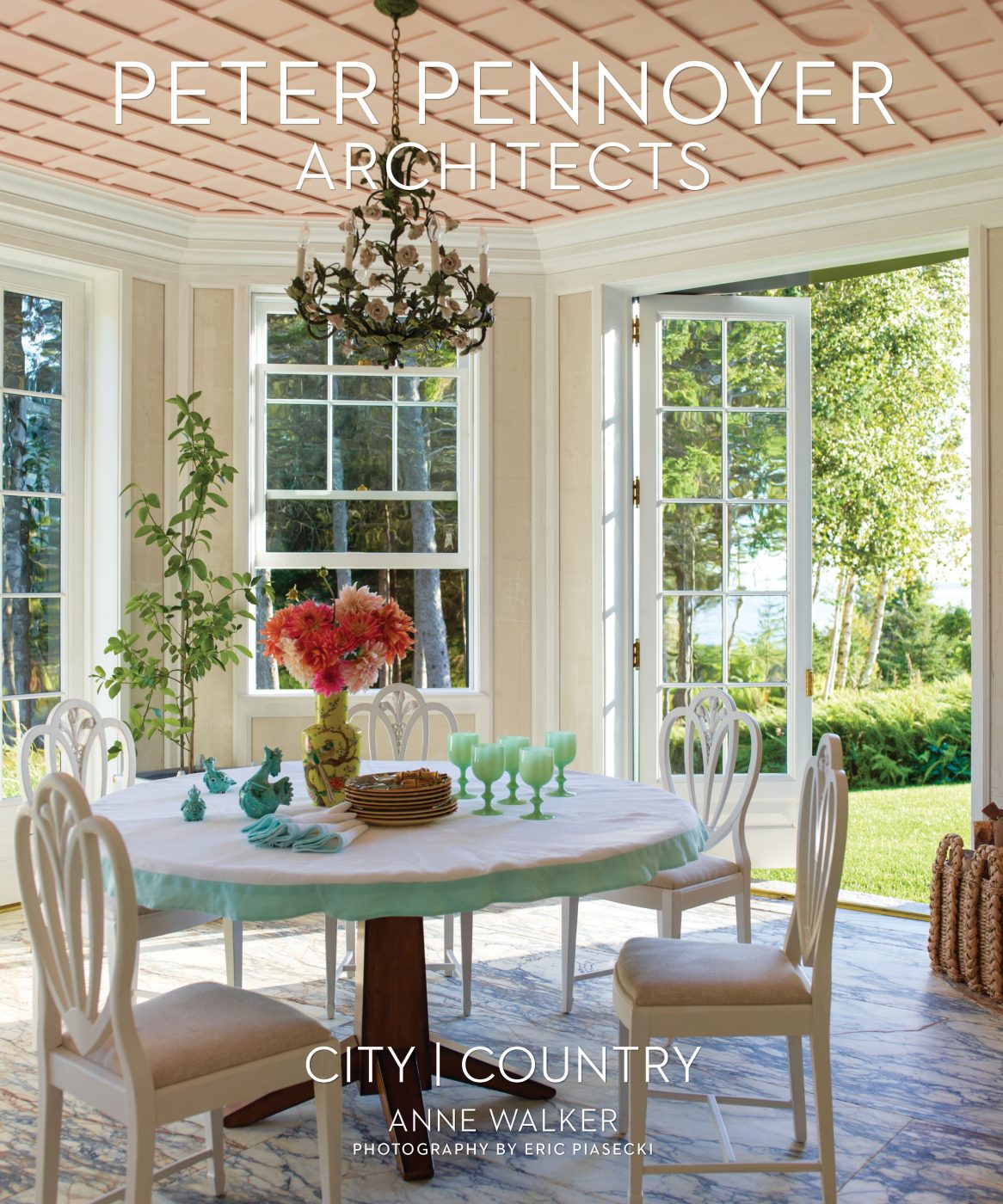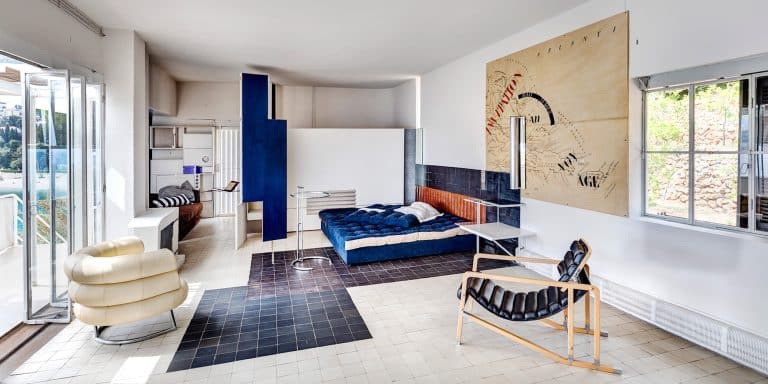November 12, 2023To describe the sheer number of molding varieties on display in Vendome’s new book Peter Pennoyer Architects: City / Country we may need a new collective noun. It’s not a herd or a flock, but perhaps a gravitas, a linearity, a bevelment of moldings?
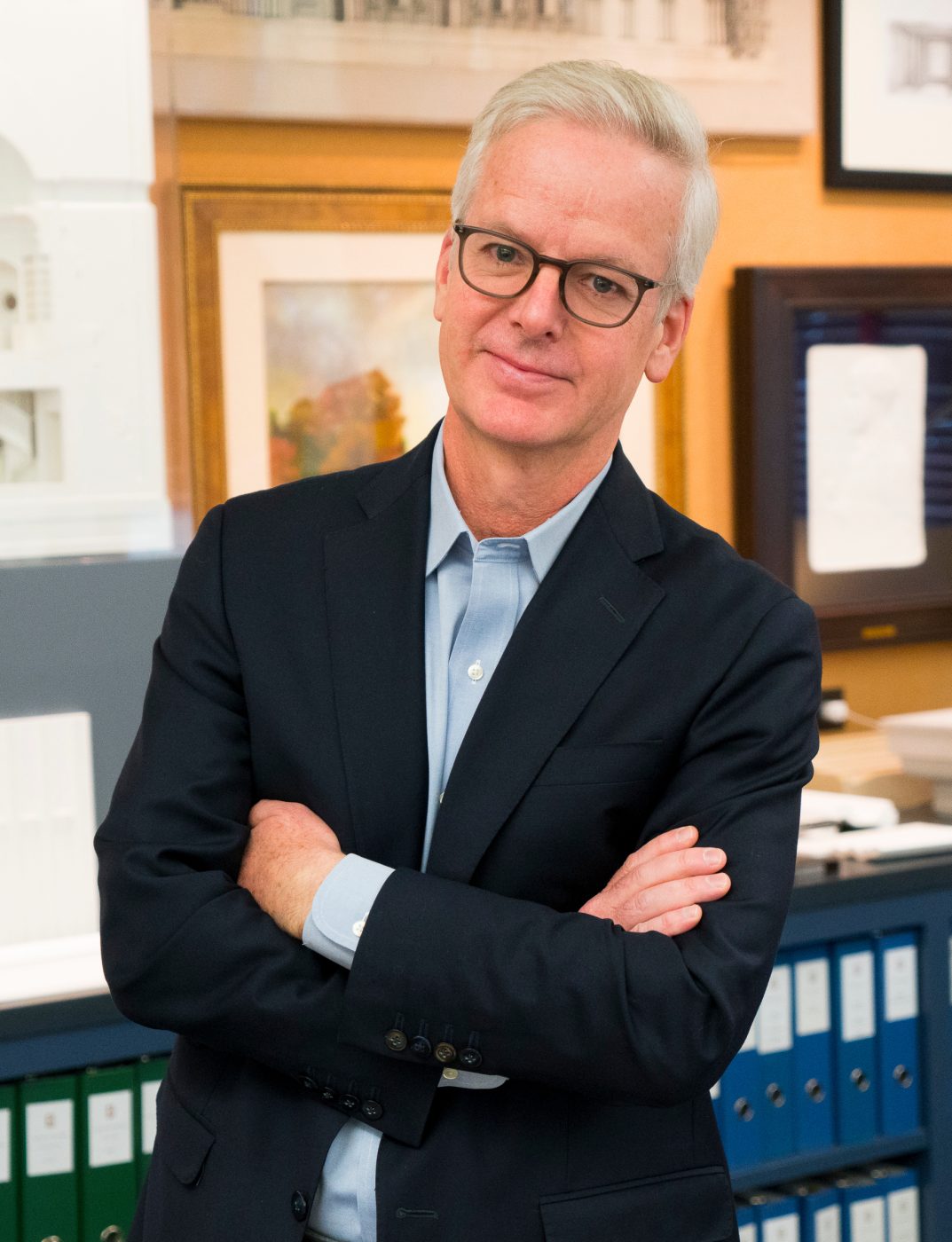
Author Anne Walker, the Peter Pennoyer Architects in-house architectural historian, who has collaborated with Pennoyer on five other books, and photographer Eric Piasecki, whose work is familiar to anyone who has ever perused a shelter magazine, have crafted an art object with an emphasis not only on beauty but on practicality as well: A detailed floor plan accompanies text and photos for each of the 19 sumptuously crafted projects in the book. These are some of America’s best-looking homes (the rich paint jobs alone linger in the mind), and they also function brilliantly.
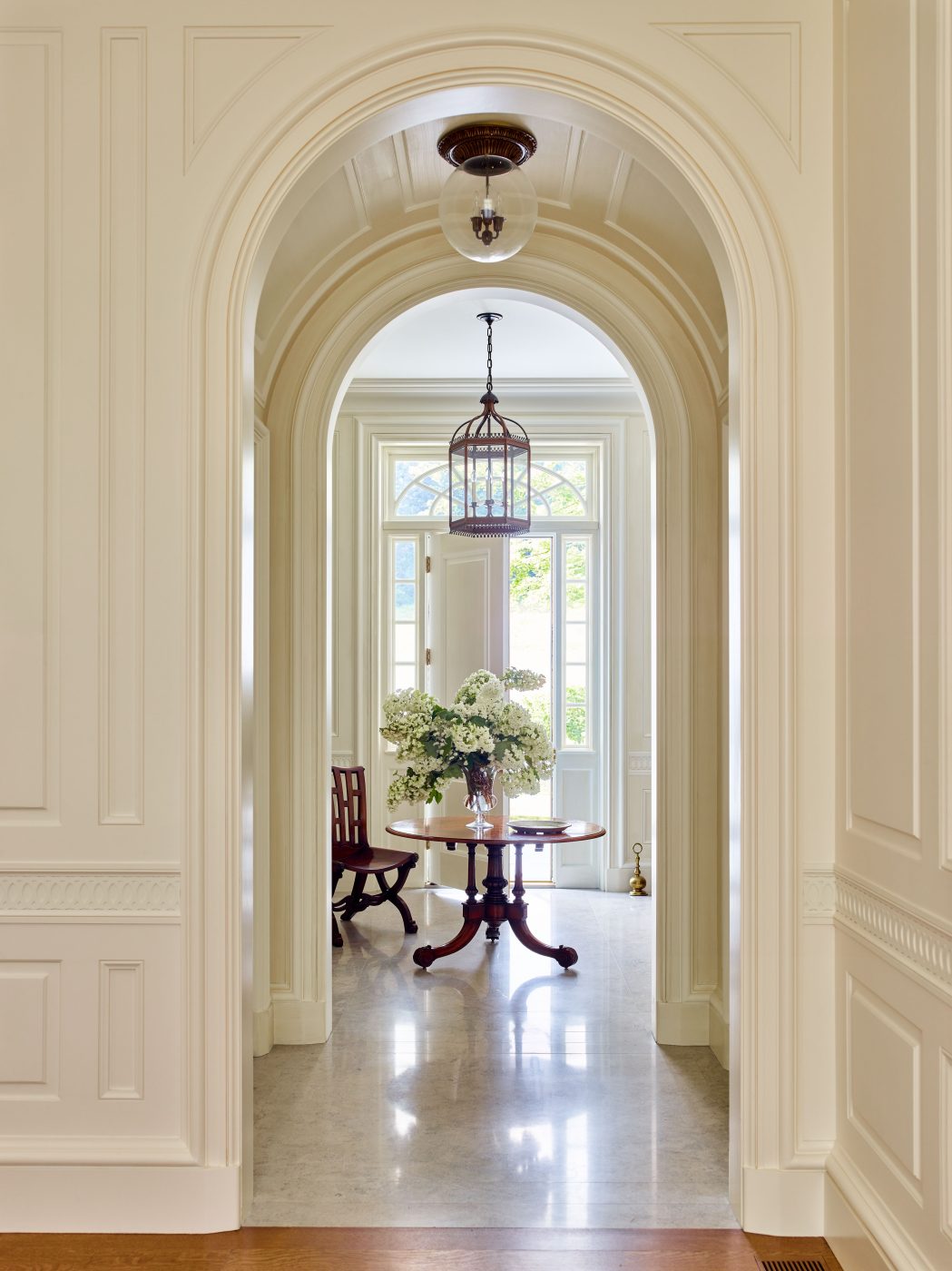

Pennoyer uses classicism as a prism. Through it, he can refract his designs in the direction of the Hamptons shingle style or Czech Cubism or Arts and Crafts — all of which are seen in the book, the firm’s first monograph in 12 years.
Art Deco is a frequent reference point, as in Pennoyer’s magnificent clock in Manhattan’s Moynihan Train Hall. But whatever the style, the architect always filters it lightly through a contemporary sensibility that doesn’t dumb it down.
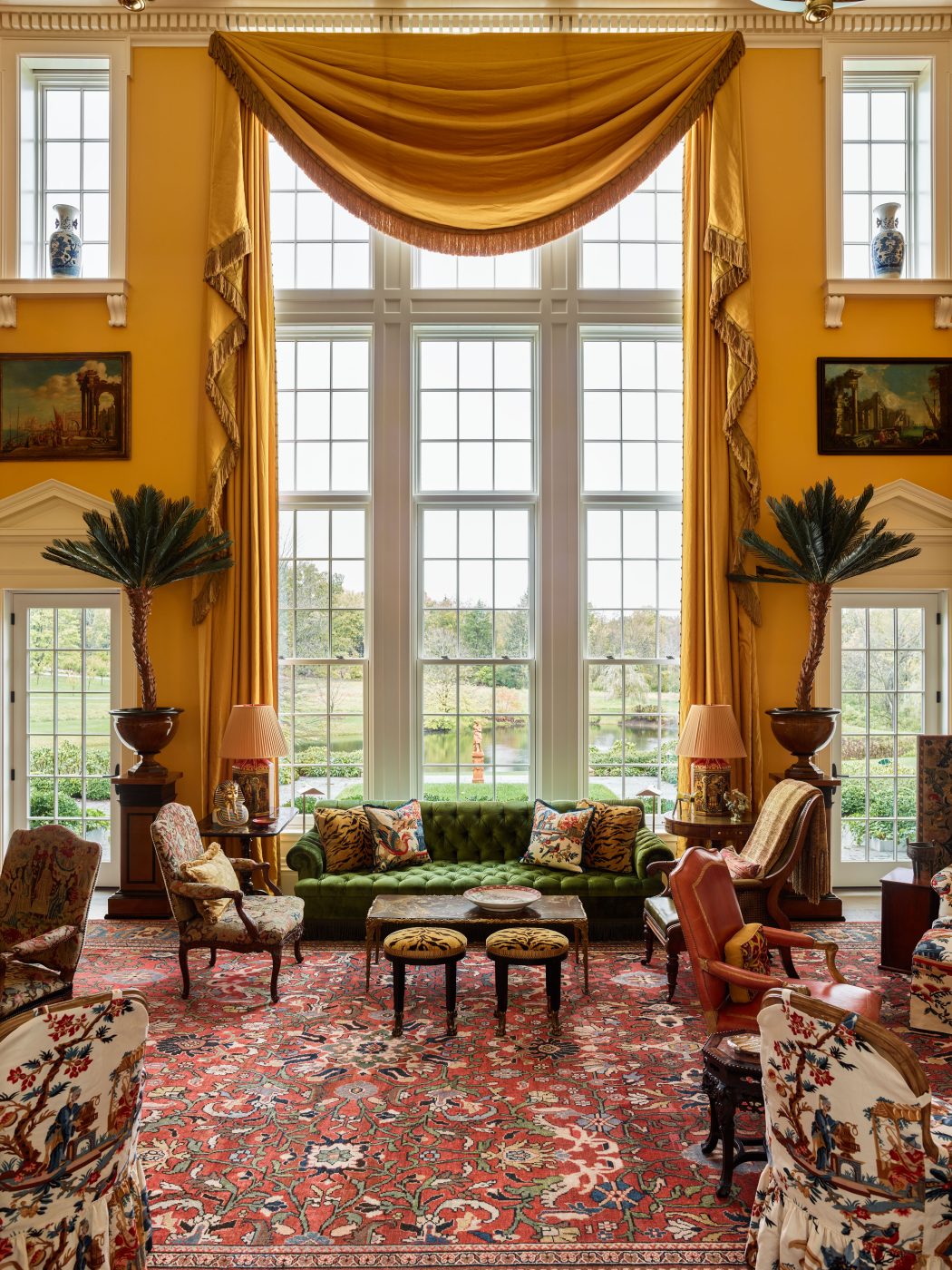
Evidence of that is provided by the screen covering the glazed entry door of an apartment on the East Side of Manhattan, with its square-and-circle pattern inspired by the ironwork of Louis Sullivan but strikingly simplified and updated. Inside that home, we see the interiors handiwork of David Kleinberg Design Associates. A symphony of soft grays and off-whites, the decor demonstrates how seamlessly Pennoyer works with top decorators (Redd Kaihoi, Michael S. Smith and more) when his firm is not fielding those duties beautifully itself, as it did for many projects in the book. The primary bedroom has walls upholstered in wool sateen, creating folded vertical lines that look like nothing so much as moldings, subtly echoed in the pattern of the bed linens.
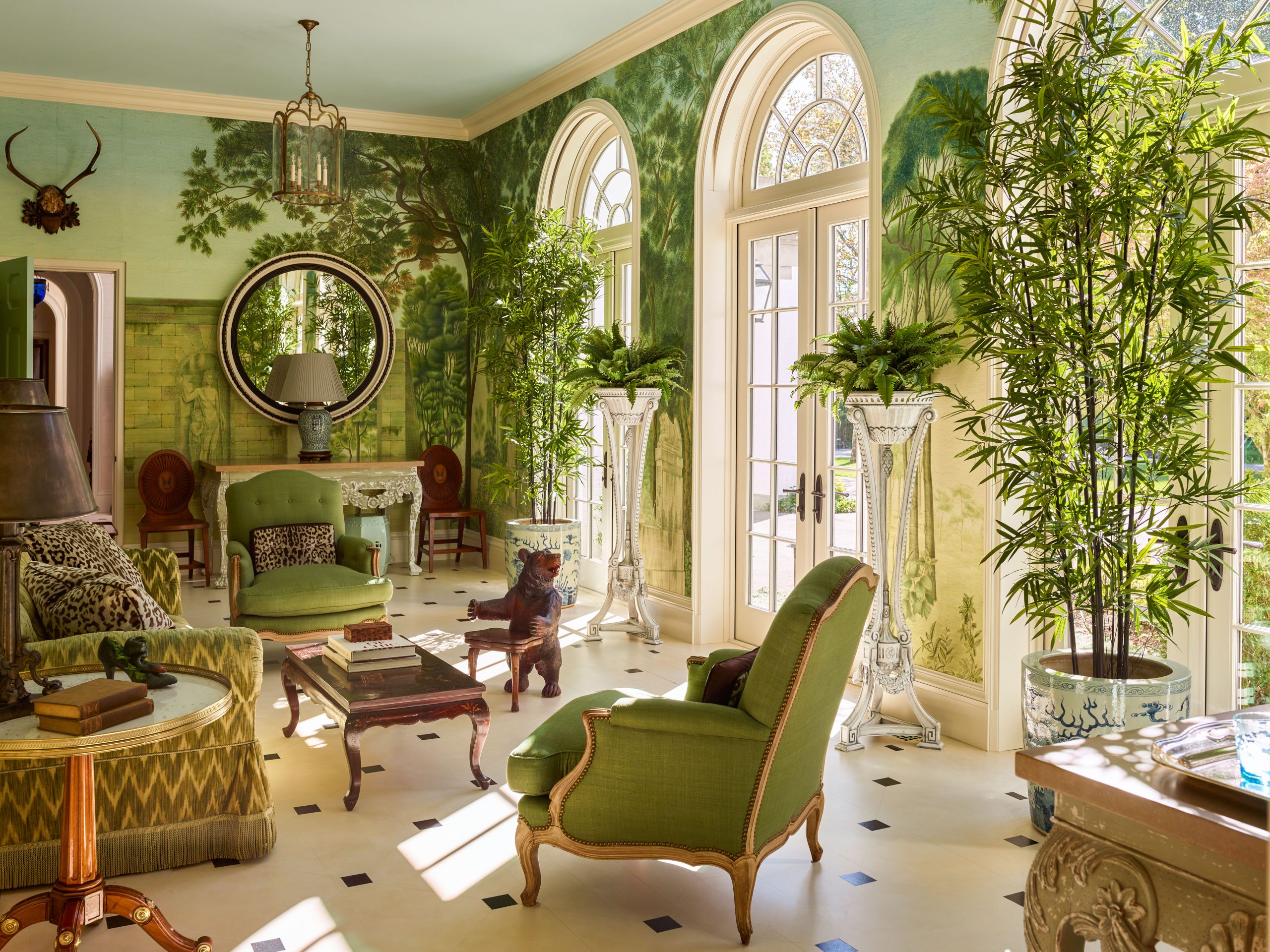
The distinction the book’s title makes between Pennoyer’s designs for the city and those for the country is somewhat beside the point. Whatever a project’s setting, he treats it with the same rigor. Opening to a random page, it’s not always clear which locale is depicted, unless you can see out a window.
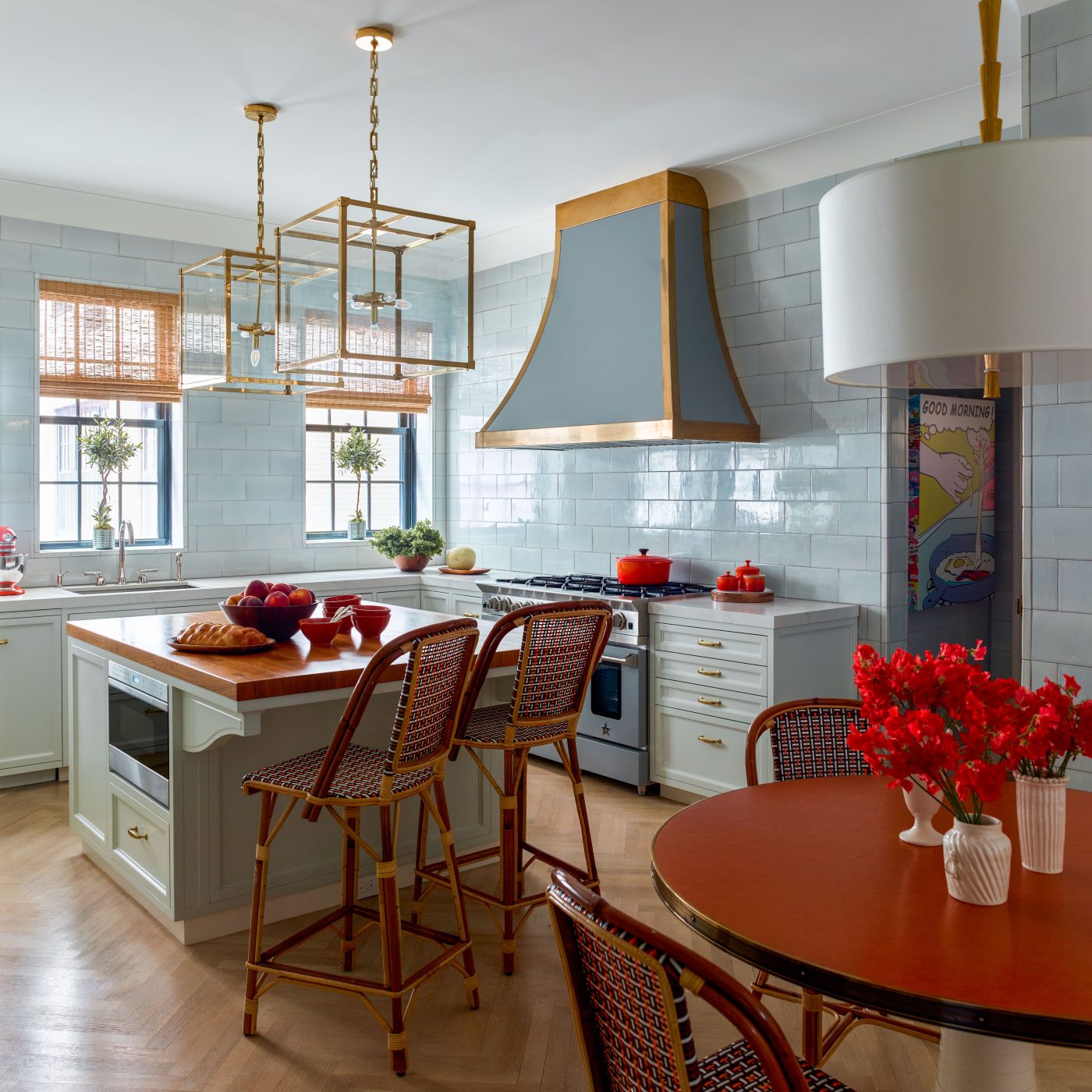

Enfilades work wonders in both environments, as do paneled walls and cozy niches for sculptures. In these pages, plenty of New York City and Hamptons projects are included, but so too are more off-the-beaten-path commissions: a home on a craggy island off Maine’s coast, an estate outside Cleveland whose primary inspiration is Arts and Crafts, with details like a steeply peaked slate roof and charming two-story bays.

The firm’s bookish sensibility is made clear in Pennoyer’s introduction, titled “A Studio in a Library,” where he describes the design volumes on hand in its office, reaching far back into the past. He notes that hand-drawn plans are still the basis of all PPA’s work, with architecture tech playing second fiddle. The firm’s designers constantly ask themselves, Pennoyer writes, “What will endure?”
Nothing lasts forever, of course, but this book certainly qualifies for long-term shelf space in any design library — and certainly in yours.
